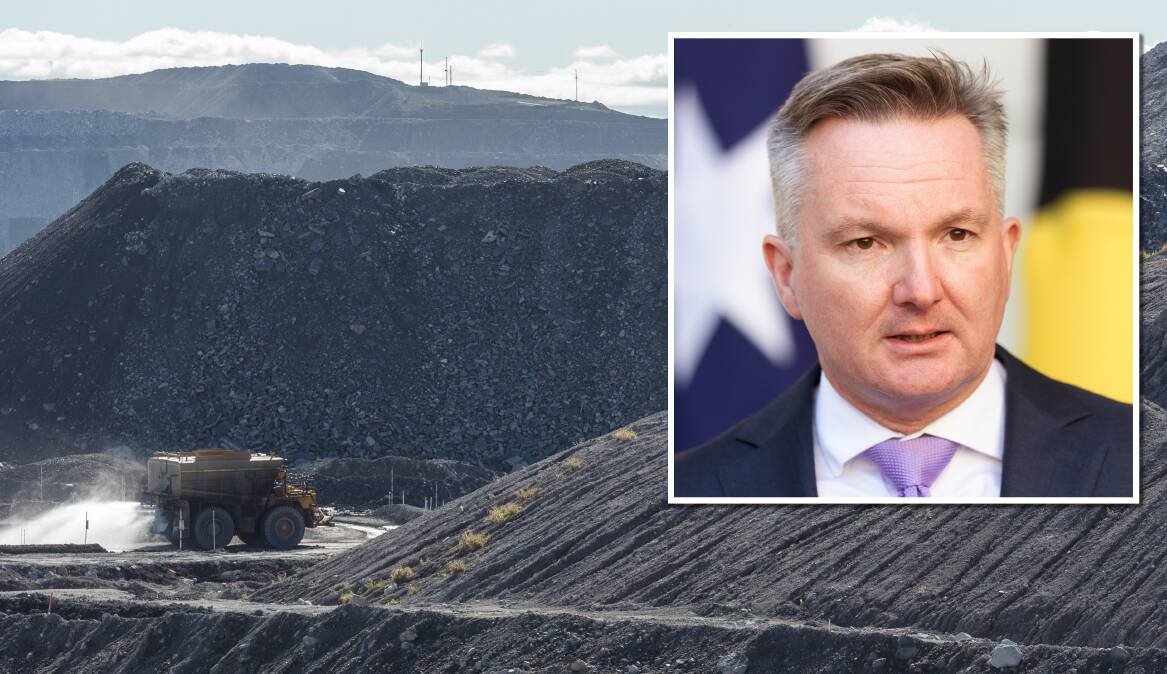
Heavy polluters could be awarded taxpayer-funded grants to help them reduce their emissions, under an option canvassed for one of the Albanese government's signature climate change policies.
The federal government will on Thursday start consultation on a shakeup of the scheme designed to restrict emissions at the nation's highest polluting sites.
Labor wants to lower the emissions baselines applied to the facilities, as part of its plan to cut emissions 43 per cent by 2030 and reach net zero by 2050.
The so-called safeguard mechanism was introduced in 2016 as a major plank of the former Coalition government's direct action climate plan.
But it has failed to operate as intended, as design flaws allowed total pollution across the facilities covered under the scheme to rise.
Emissions from the 215 sites accounted for almost 30 per cent of Australia's total emissions in 2020-21.
It has also been politically contentious.
The former Morrison government likened any changes to the scheme to a backdoor carbon tax, while the Greens want to use it to put an end to new coal and gas projects.
The new Labor government wants to introduce changes on July 1 next year, but remains open-minded about the specific design.
"We are building on the existing architecture of the safeguard mechanism but getting the settings right to get emissions heading downwards while supporting industry competitiveness," Climate Change and Energy Minister Chris Bowen said.
A new discussion paper canvasses options for a range of key design elements, including the process for setting new emissions baselines for facilities.
The paper states that in order to contribute to its share of meeting the 43 per cent target, baselines would need to fall to 99 million tonnes of CO2 by 2030.
That would be down from about 137 million tonnes in 2020-21.
Facilities could either reduce their emissions or use credits and offsets to meet their baselines, allowing them to choose the cheapest option for abatement.
The government has been clear it doesn't want to disadvantage emissions-intensive and trade-exposed sectors through changes to the scheme.
One option canvassed in the discussion paper is for the government to provide financial support to facilities to help them reduce their emissions.
This could include grants through Labor's Powering the Regions fund or financing via the $15 billion National Reconstruction Fund.
The paper also suggests cracking down on facilities being able to apply for permission to stretch their emissions cuts over a multi-year period, if they exceed their baseline in one year.
The discussion paper warns the current system could result in a "significant number" of sites delaying emissions reductions until after 2030, risking Labor's hopes of reaching its 43 per cent target.
It suggest that so-called "multi-year monitoring periods" only be allowed in certain cases, such as when a facility "reasonably anticipates" that it could cut pollution within the period.
Consultation on the discussion paper will be open until September 20, 2023.
WHAT DO YOU THINK? We've made it a whole lot easier for you to have your say. Our new comment platform requires only one log-in to access articles and to join the discussion on the Newcastle Herald website. Find out how to register so you can enjoy civil, friendly and engaging discussions. Sign up for a subscription here.







